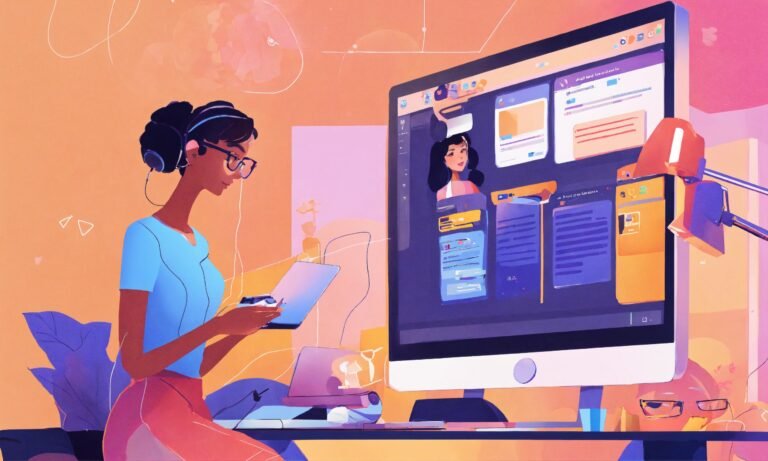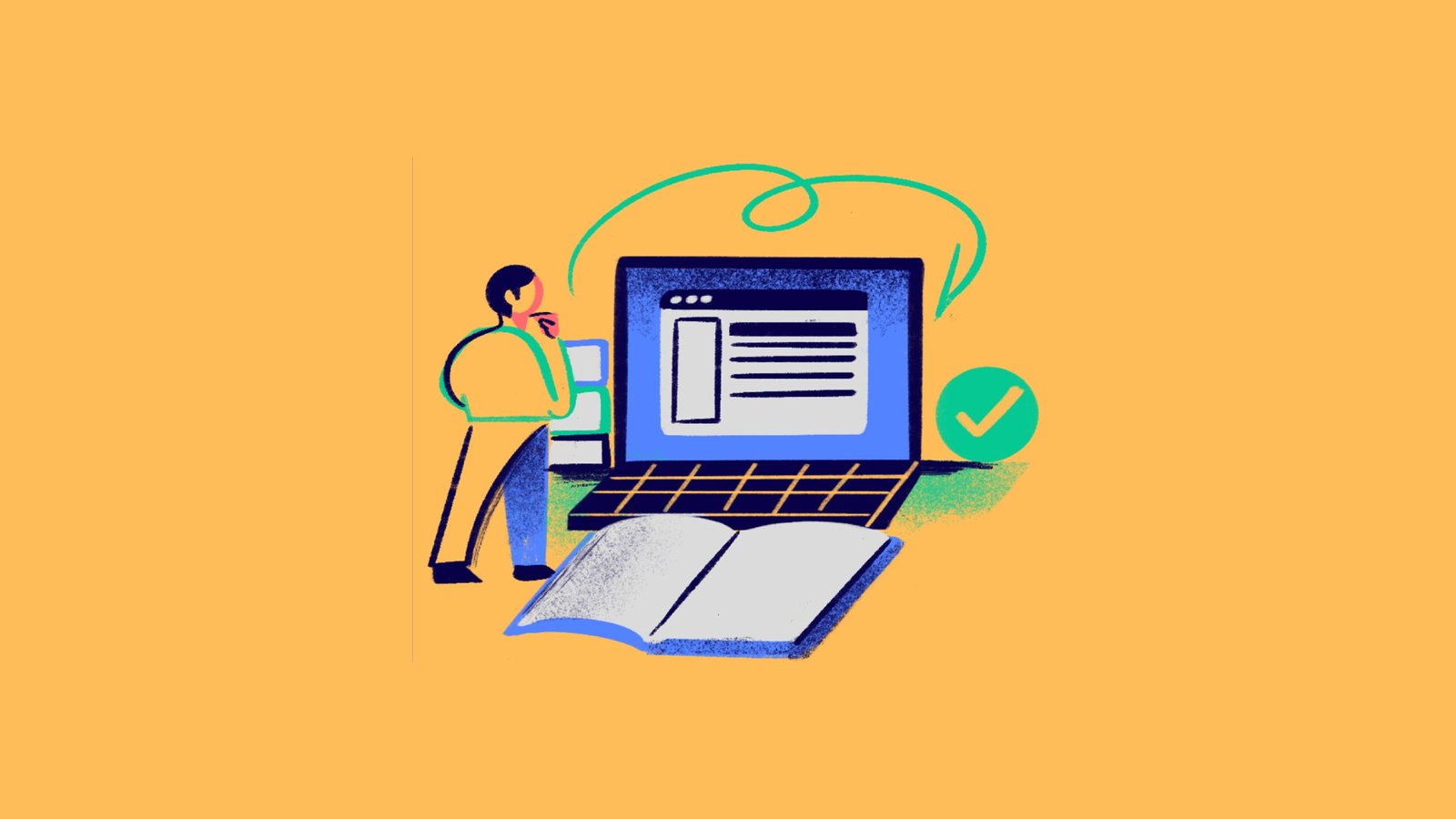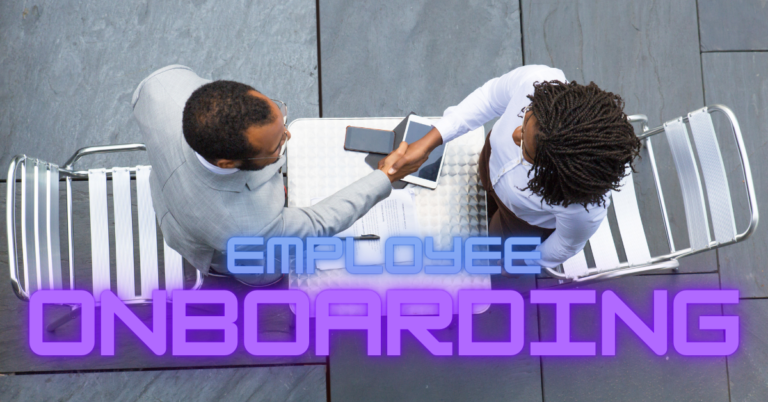
The intersection of technology and creativity has long captivated human imagination. In recent years, the emergence of AI in creative industries has transformed how artists, writers, musicians, and designers approach their craft. This article explores the various ways AI enhances and augments human creativity, examining its applications, benefits, and implications for the future of creative work.
Understanding AI in Creative Industries
AI in creative industries refers to the use of artificial intelligence technologies to assist, enhance, or automate creative processes. This includes a wide range of applications, from generating ideas and content to automating repetitive tasks, allowing creators to focus on more complex and nuanced aspects of their work.
Historical Context
The relationship between technology and creativity is not new. From the invention of the printing press to digital photography, each technological advancement has reshaped creative practices. With AI in creative industries, we are witnessing a new paradigm shift. AI systems can analyze vast datasets, learn from patterns, and produce outputs that mimic or enhance human creativity.
Applications of AI in Creative Industries
1. Music Composition
AI is increasingly being used to compose music, with algorithms capable of generating original melodies and harmonies. Tools like Open AI’s Muse Net and Google’s Magenta utilize machine learning to understand musical structures and styles. Musicians can collaborate with these AI systems to explore new genres, create unique soundscapes, or generate background tracks that enhance their compositions.
2. Visual Art Generation
AI in creative industries has made a significant impact on visual arts. Tools such as Deep Art and DALL-E enable artists to create stunning visuals by transforming photos into art styles or generating entirely new images based on textual descriptions. These AI systems provide a new canvas for artists, allowing them to experiment with styles and concepts that may not have been possible before.
3. Writing and Content Creation
In writing, AI tools like GPT-3 assist authors by generating text, suggesting plot developments, or even crafting entire articles. This capability allows writers to overcome creative blocks and explore new narrative directions. Additionally, AI can analyze reader preferences, helping content creators tailor their work to specific audiences, thus enhancing engagement.
4. Film and Animation
The film industry benefits from AI in various ways, from scriptwriting to post-production. AI algorithms can analyze scripts for potential box office success, while tools like Adobe’s Sensei automate video editing and color correction tasks. These applications allow filmmakers to streamline their workflows and focus more on storytelling and artistic vision.
5. Game Design
In video game development, AI plays a crucial role in creating dynamic and immersive experiences. AI-driven algorithms can generate realistic environments, design non-player character (NPC) behaviors, and even adapt gameplay based on player interactions. This use of AI in creative industries enhances the gaming experience, making it more engaging and personalized.
Benefits of AI in Creative Industries
1. Enhanced Creativity
One of the most significant advantages of AI in creative industries is its ability to augment human creativity. By handling repetitive tasks and providing novel ideas, AI enables creators to focus on higher-level creative thinking, exploration, and experimentation. This collaboration can lead to innovative outcomes that blend human intuition with machine-generated insights.
2. Increased Efficiency
AI tools can automate time-consuming processes, such as image editing, sound mixing, or data analysis. This efficiency allows creators to allocate more time to conceptual development and execution. For instance, graphic designers can use AI to quickly generate multiple design variations, expediting the creative process.
3. Accessibility and Inclusivity
AI in creative industries also democratizes access to creative tools. Individuals without formal training can leverage AI technologies to express their creativity. Applications that simplify music composition or art generation make it easier for anyone to participate in creative endeavors, fostering a more inclusive creative community.
4. Data-Driven Insights
AI systems can analyze vast amounts of data to uncover trends and insights that inform creative decisions. For example, marketers can use AI to assess audience engagement with different content formats, guiding creators in tailoring their work to meet audience preferences. This data-driven approach enhances the relevance and impact of creative projects.
Challenges and Ethical Considerations
While the integration of AI in creative industries offers numerous benefits, it also raises important questions and challenges.
1. Authenticity and Ownership
As AI-generated content becomes more prevalent, issues of authenticity and ownership arise. Who owns the rights to a piece of art created by an AI system? These questions challenge traditional notions of authorship and intellectual property, necessitating new frameworks to address these complexities.
2. Potential Job Displacement
The automation of certain creative tasks raises concerns about job displacement within creative industries. While AI can enhance efficiency, there is a fear that it may replace human creators in specific roles. It is essential for industry stakeholders to find a balance that leverages AI’s capabilities while preserving meaningful creative jobs.
3. Bias and Representation
AI systems are only as good as the data they are trained on. If these datasets reflect biases or lack diversity, the outputs can inadvertently perpetuate stereotypes or exclude marginalized voices. Ensuring that AI in creative industries promotes inclusivity and representation is a critical challenge that needs to be addressed.
The Future of AI in Creative Industries
Looking ahead, the role of AI in creative industries is expected to grow and evolve. As technology advances, we can anticipate more sophisticated AI tools that push the boundaries of creativity. Collaborations between human creators and AI systems will likely become more seamless, leading to hybrid forms of art and expression.
1. Collaborative Creativity
The future of AI in creative industries lies in collaboration. Rather than viewing AI as a replacement for human creativity, it should be seen as a partner that enhances the creative process. This collaborative approach can lead to groundbreaking innovations, where human intuition and AI analysis work hand-in-hand.
2. New Creative Mediums
As AI technologies continue to develop, new creative mediums may emerge. For instance, AI-generated art installations or interactive experiences that adapt to viewer interactions could revolutionize how we engage with art and storytelling. These new forms of expression will challenge our understanding of creativity itself.
3. Education and Skill Development
As AI becomes more integrated into creative practices, educational institutions will need to adapt their curriculums. Teaching future creators how to work with AI tools and understand their implications will be crucial. This education will empower the next generation of artists, writers, and designers to harness AI’s potential effectively.
Conclusion
AI in creative industries represents a transformative force that augments human creativity in profound ways. By enabling artists, writers, musicians, and designers to leverage AI technologies, we are witnessing a new era of creativity that blends human intuition with machine intelligence. While challenges remain, the potential for innovation and collaboration is immense.
As we embrace the possibilities that AI offers, it is essential to navigate the ethical and practical considerations that accompany these advancements. By fostering a collaborative relationship with AI, we can enhance the creative landscape and unlock new forms of expression that enrich our cultural heritage. The future of creativity is not about replacing human talent but rather about augmenting it, leading to a vibrant and diverse creative ecosystem.






